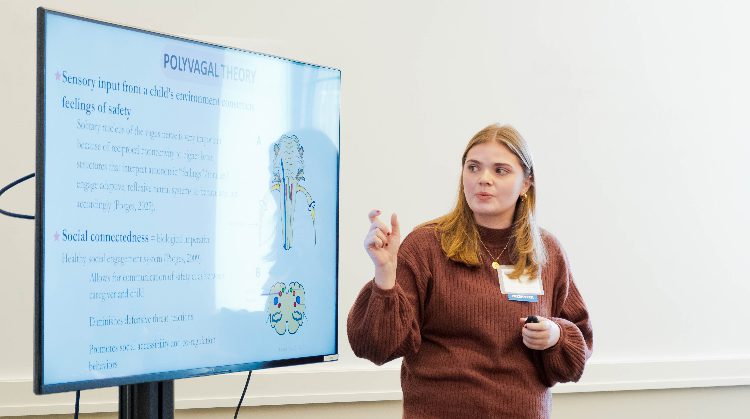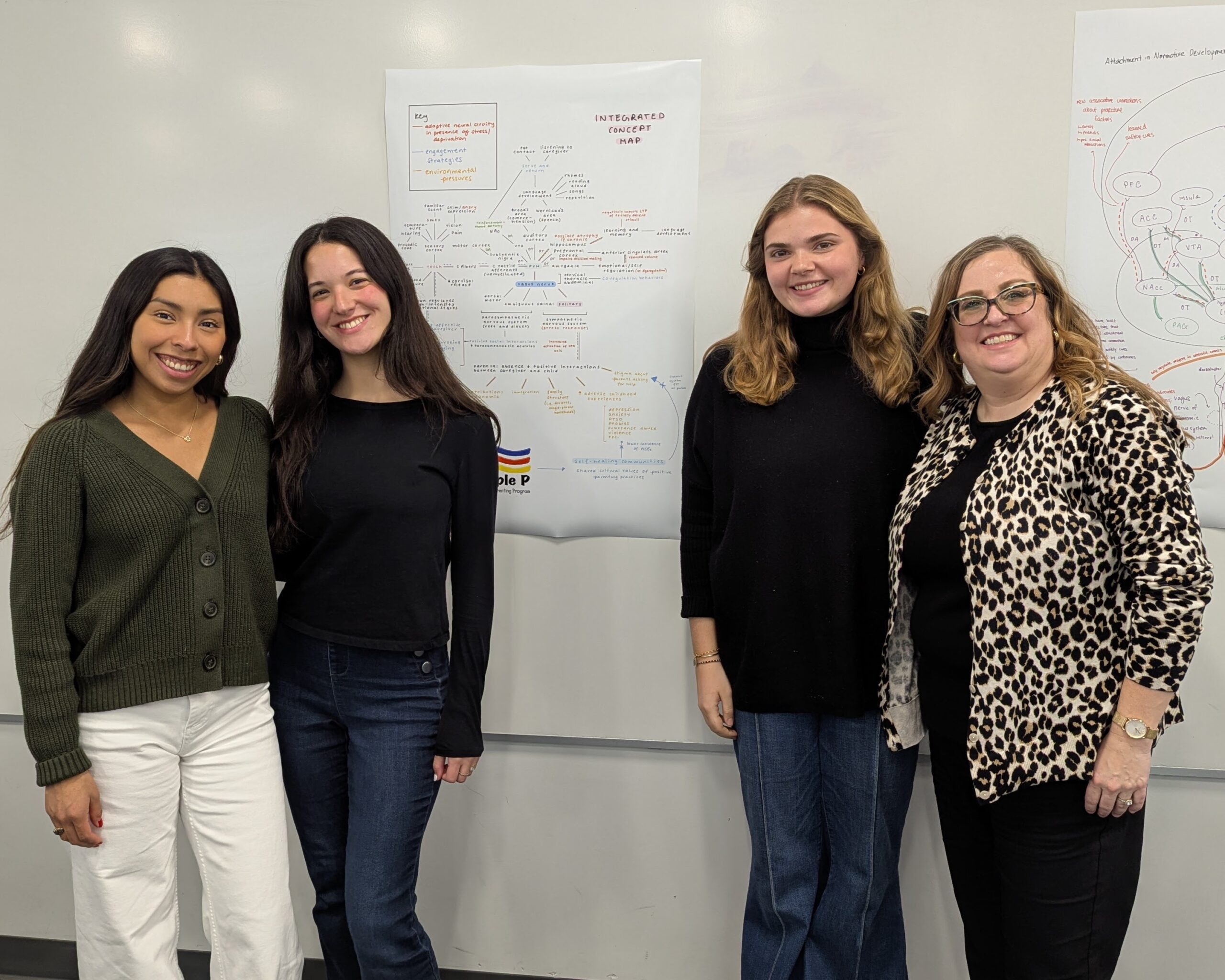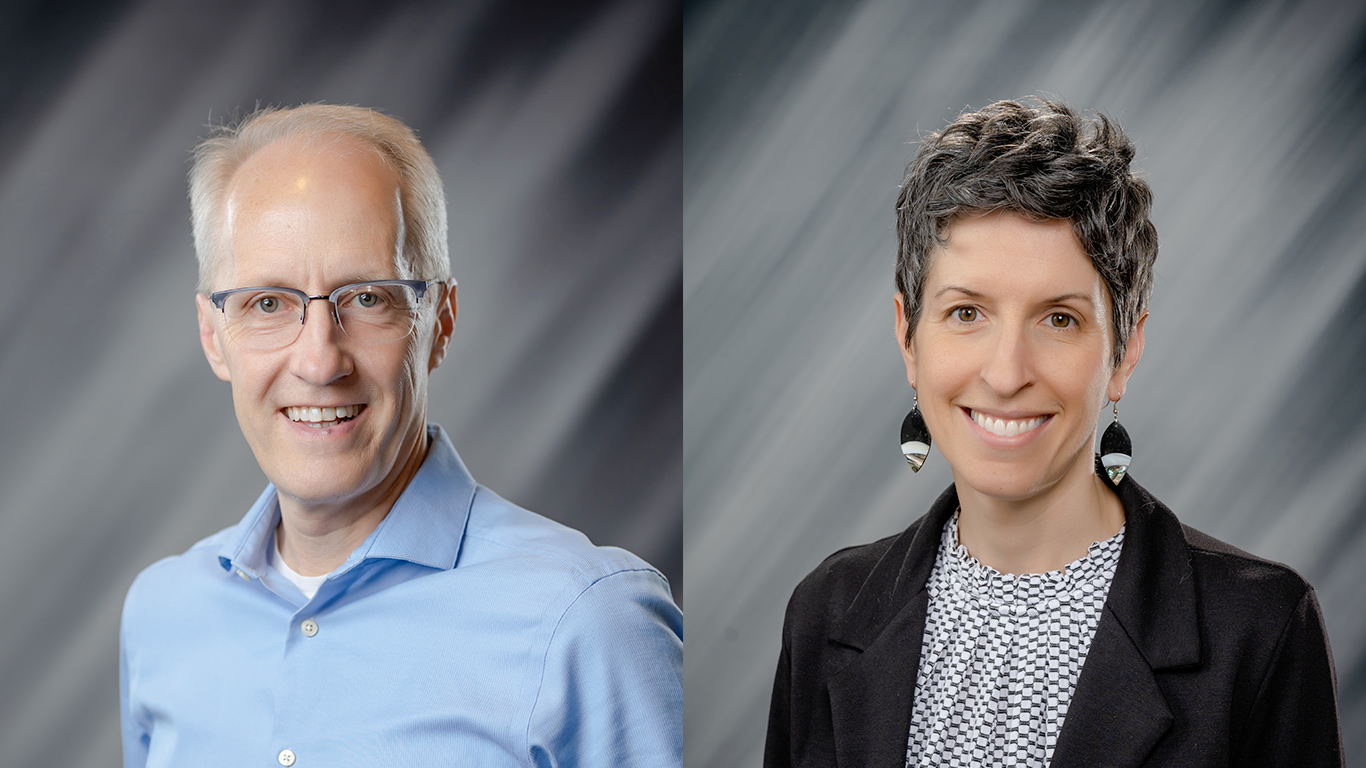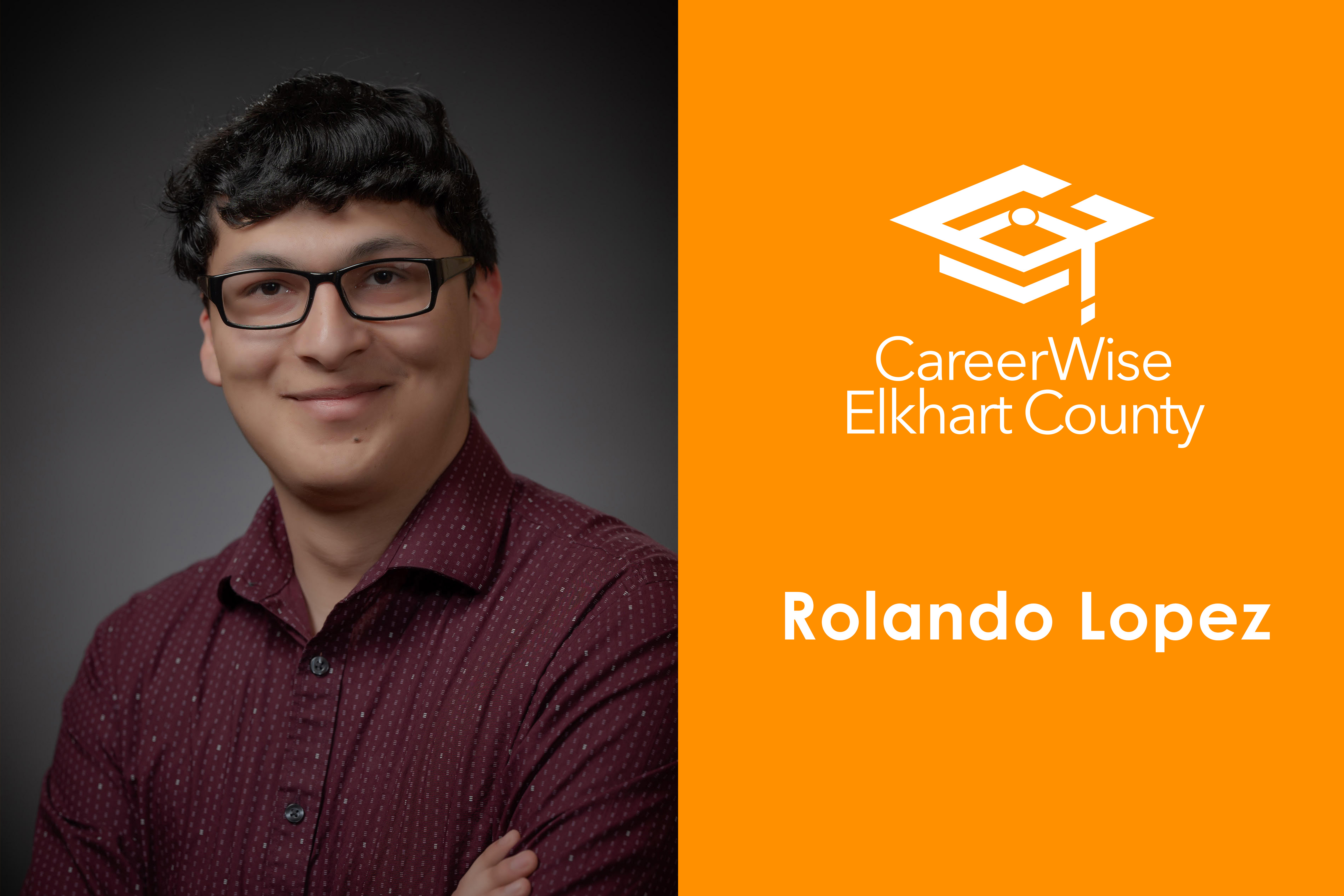Protective Factors are a foundation for a stronger community
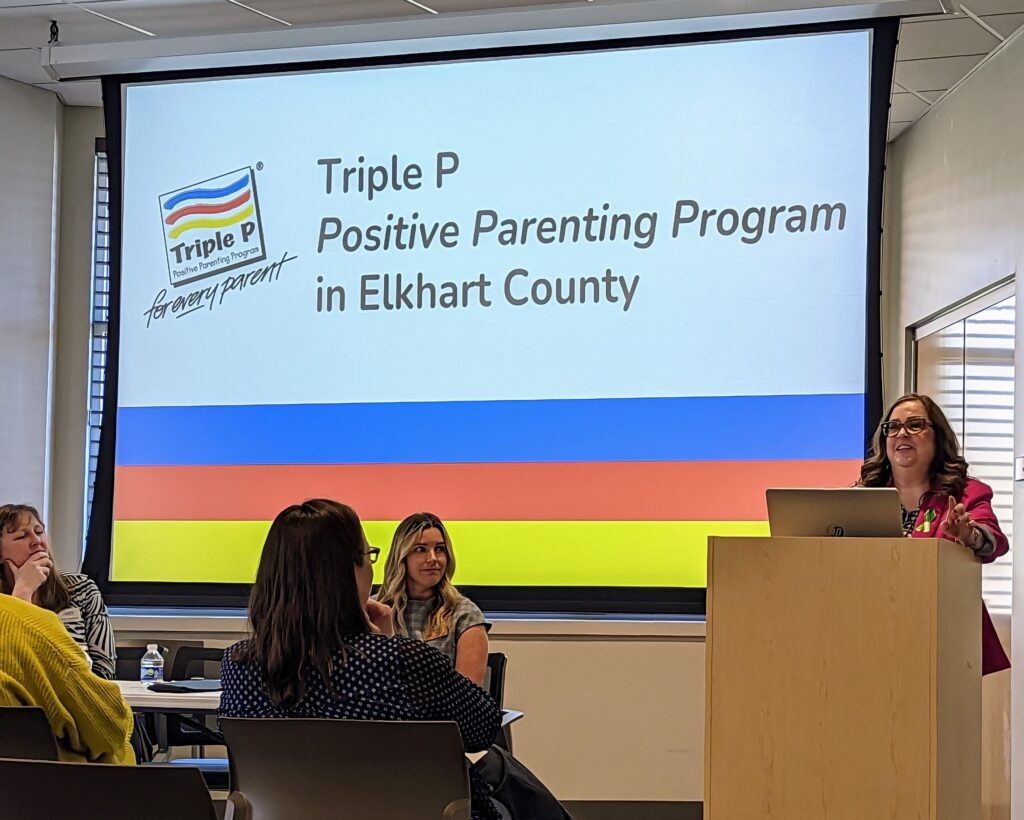
Leah Plank, Director of Triple P in Elkhart County (standing at lectern), gives a presentation on Triple P and the Protective Factors at the Mental Health Awareness of Michiana summit on resilience April 12, 2023, at Beacon Health and Fitness Center in Elkhart. (HEA Photo)
By Leah Plank:
April is Child Abuse Prevention Awareness month. Prior to joining HEA, I spent nearly 15 years at CAPS here in Elkhart County, working to strengthen and support kids and families to prevent the maltreatment of children. This month, it is critical to shine the spotlight on an important topic that often makes a lot of people uncomfortable: child abuse and neglect.
The truth: it is uncomfortable. Child abuse and neglect happen all over the country. That includes Elkhart County, where there were over 3,000 reports to our Department of Child Services just last year. It’s natural that we don’t like to think about child abuse and neglect or that anyone could abuse a child, even people we know and love.
But the positive, hopeful message of child abuse prevention is that we all have a part to play in making our community a safe, stable, nurturing, and equitable place for our families and children to grow and thrive. Most of it comes as naturally as caring about the people in our lives. It can be as simple as keeping an eye on the group of kids playing in the neighborhood to make sure they’re safe, or offering to watch the child of a family member for an evening so they can have some free time to themselves. You can also educate yourself and your children on child safety: CAPS is a fantastic resource for this education in our community.
Organizations that reduce and prevent child abuse and neglect do this in large part by working with families to help them build resilience and develop strong support networks. They use something called Protective Factors and Protective Capacities to assess families’ needs and work with them to identify and strengthen the supports and connections in their lives.
Protective Factors and Capacities are conditions or attributes of families, communities, and society at large that support healthy development and well-being of children and families. These factors help children function well at home, in school, and out in the community. Some also serve as buffers to adversity by helping parents use resources, support, and coping strategies that allow them to parent effectively, even when their lives are stressful. The Protective Factors for families – parental resilience, social connections, knowledge of parenting and child development, concrete support in times of need, and social and emotional competence of children – are essential to promoting the healthy development of children and strengthening families.
Parents who are well-supported and have access to good information on parenting strategies and child development are better able to provide nurturing environments for their children. When adults and children get the mental and emotional support they need from professionals as well as friends and family, they feel safe in their homes and communities and have the tools to overcome adversity and heal from past traumas. When adults have enough income to keep a roof over their family’s heads, they are much more likely to be able to face the challenges of life together as a family.
In my role as Senior Director of Parent and Family Systems at HEA, I can see how the Protective Factors touch every part of our community, as well as every part of our work at this organization. HEA has taken efforts to ensure the entire community has access to Triple P (Positive Parenting Program), where parents and carers are supported in developing nurturing and supportive environments for their children with increased competence and confidence.
HEA’s Student Pathways programs help ensure students have a solid foundation for a career as they leave high school and helps increase their social connections and community supports. The same could be said for our Adult Pathways work to help adult learners advance their careers through education and training, meaning more money in their pocket and more savings when times get rough.
Our work to build a more robust Early Childhood system will increase community access to knowledge on child development over time, and our Parent and Family Systems work focuses on bringing partners and parents together in the community to increase access to resources and parenting knowledge, and help our neighbors grow and connect to one another in healthy, supportive ways.
What would it look like in our community if we were to use the Protective Factors and Capacities framework beyond child welfare and embed it across multiple disciplines including education, healthcare, and early childhood to help us build the conditions that foster thriving families? What if we embraced the idea that if we all take care of each other, we all do better? We can’t avoid every problem and all of the pain in life, but as Mr. Rogers said, “all of us, at some time or other, need help. Whether we’re giving or receiving help, each one of us has something valuable to bring to this world. That’s one of the things that connects us as neighbors — in our own way, each one of us is a giver and a receiver.”
I am eager to explore how our community can benefit from greater focus on Protective Factors in the months and years to come. I invite you to learn more about Protective Factors, how they have shaped your own life, and how you may contribute to supporting them in others.
Leah Plank is the Senior Director of Parent and Family Systems at HEA and Acting Director of Triple P in Elkhart County. She worked in child abuse prevention for nearly 15 years and is trained as a facilitator of HOPE – Healthy Outcomes through Positive Experiences, a framework for understanding how human development is affected by strong protective factors. Contact Leah at lplank@heaindiana.org.





